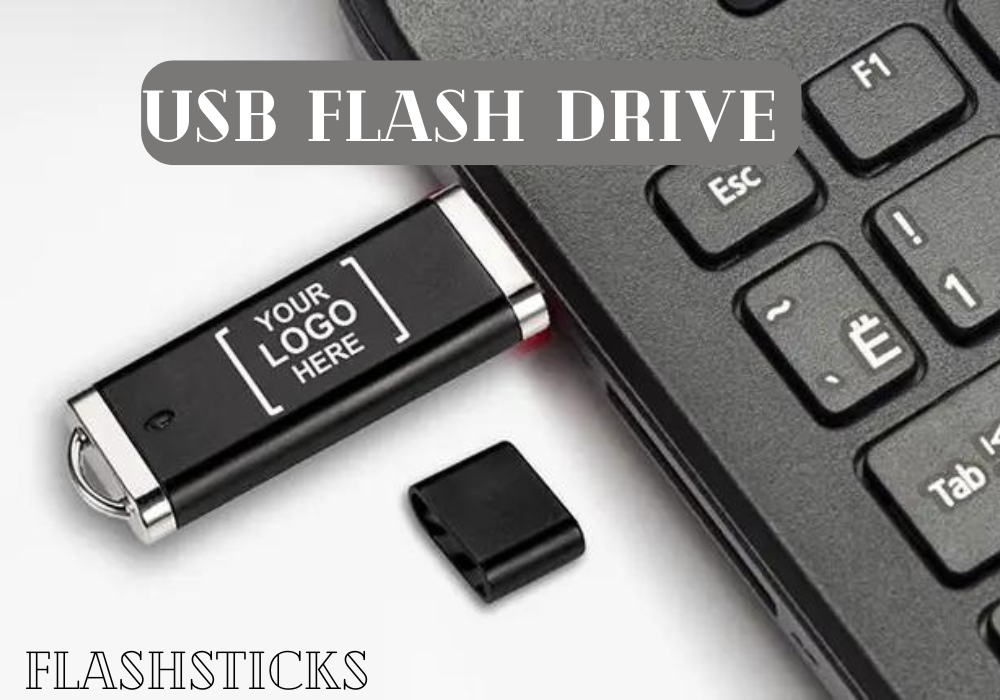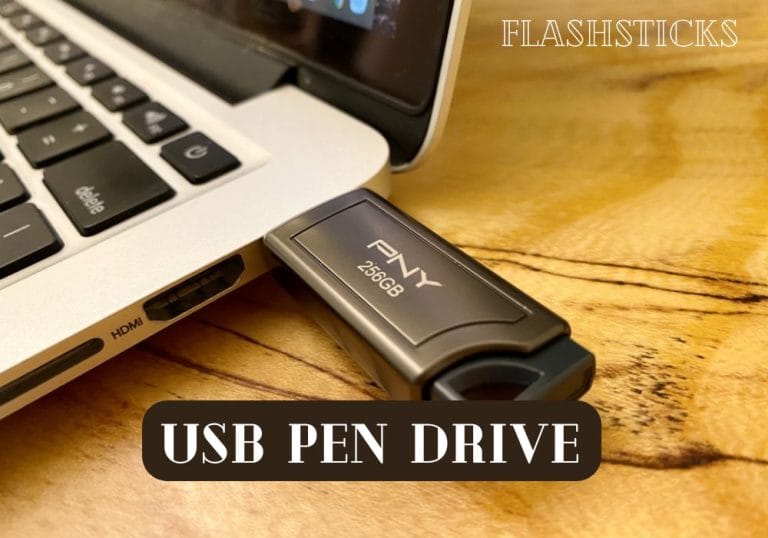What is the USB flash drive used for?
`USB flash drives, also known as thumb drives, pen drives, or USB sticks, are portable storage devices that connect to a computer or other devices via a USB port. These small, versatile gadgets have revolutionized the way we store, transfer, and manage data. But what is a USB flash drive used for, exactly? In this article, we will cover the many uses, benefits, and practical tips for getting the most out of your USB flash drive.
Uses of USB Flash Drives
Data Storage
The primary use of a USB flash drive is data storage. Whether you need to save documents, photos, music, or videos, a USB flash drive offers a convenient solution with storage capacities ranging from a few gigabytes (GB) to several terabytes (TB).
Data Transfer
USB flash drives are widely used for transferring files between computers and devices. Unlike cloud storage, which requires an internet connection, USB flash drives provide a quick and reliable way to share large files offline.
Bootable Drives
A USB flash drive can be used to create a bootable drive, which allows you to install operating systems or run diagnostics on your computer. This is especially useful when troubleshooting or setting up a new system.
Data Security
Some USB flash drives come with built-in encryption, offering added security for sensitive information. You can also use third-party software to encrypt the data on your USB drive, ensuring that your information remains protected.
Media Players
USB flash drives can be used with media players, smart TVs, and car audio systems to play music, videos, and display photos. This makes them a versatile option for entertainment purposes.
Backup Storage
Using a USB flash drive for backup storage ensures that you have a physical copy of important files, which can be critical in case of system failures or data loss.
Portable Applications
USB flash drives can also be used to carry portable applications. These are software programs that can run directly from the USB drive without installation on the host computer. This allows you to carry your favorite apps and settings wherever you go.
Benefits of Using USB Flash Drives
- Portability: Small and lightweight, making them easy to carry.
- Capacity: Multiple storage options suited to various needs.
- Durability: Less prone to physical damage compared to other storage devices.
- Speed: Fast data transfer rates, especially with USB 3.0/3.1 and newer.
- Compatibility: Works with a wide range of devices including computers, gaming consoles, smart TVs, and more.
Practical Tips for Using USB Flash Drives
- Regular Backups: Regularly backup important files to prevent data loss.
- Encryption: Use encryption to secure sensitive data.
- Proper Ejection: Always safely eject the USB drive to avoid data corruption.
- Labeling: Label your USB drives to identify their stored content easily.
- Firmware Updates: Keep the device’s firmware updated for the best performance and security.
Types of USB Flash Drives
| Type | Description | Best Used For |
|---|---|---|
| Standard USB Flash Drive | Basic model used for general data storage and transfer. | Everyday file storage and transfer. |
| Secure USB Flash Drive | Includes encryption and password protection features. | Storing sensitive or confidential data. |
| High-Speed USB Flash Drive | Supports USB 3.0/3.1 for faster data transfer rates. | Quickly transferring large files. |
| Dual Interface USB Flash Drive | Equipped with multiple interfaces(e.g., USB-A and USB-C) | Connecting to various types of devices. |
Interesting Facts About USB Flash Drives
- The first USB flash drive was introduced in 2000 and had a storage capacity of just 8MB.
- The largest USB flash drives available today can hold up to 2TB of data.
- They are also known as jump drives, thumb drives, pen drives, and memory sticks.
- USB 3.2 and newer versions offer data transfer rates of up to 20 Gbps.
Conclusion
USB flash drives are incredibly versatile tools that offer a wide range of uses from simple data storage to creating bootable drives and media players.
Their portability, capacity, and fast data transfer rates make them convenient for personal and professional use alike.
Whether you’re using a USB flash drive for everyday tasks or specific applications, keeping them secured and properly maintained will maximize their longevity and efficiency.
“`







